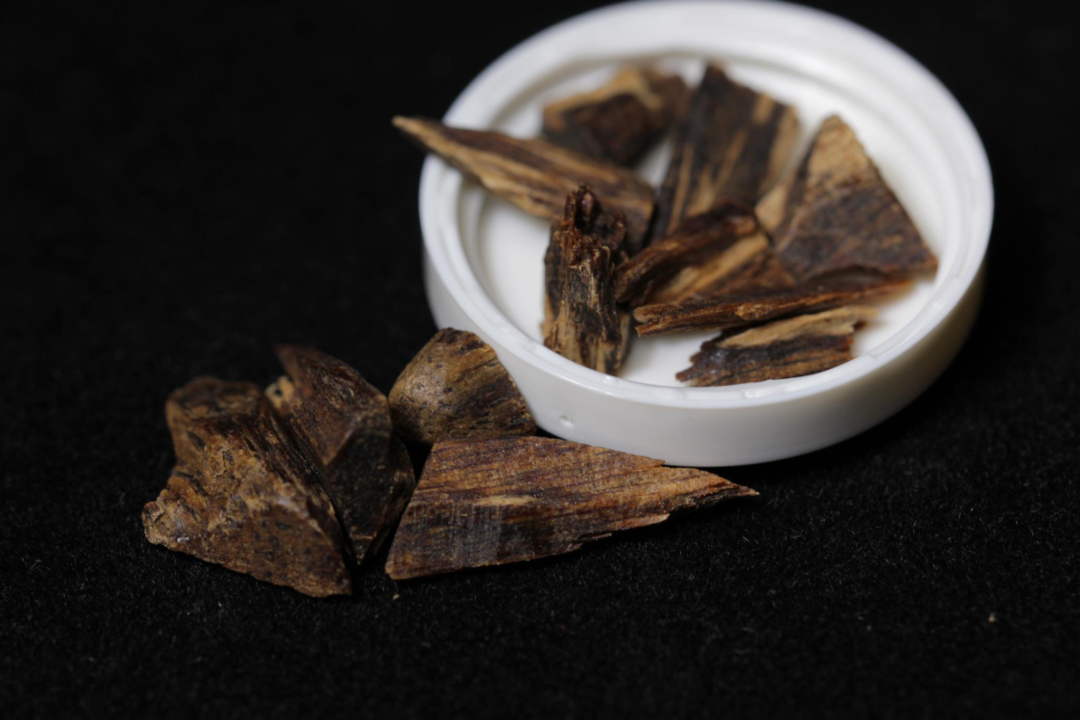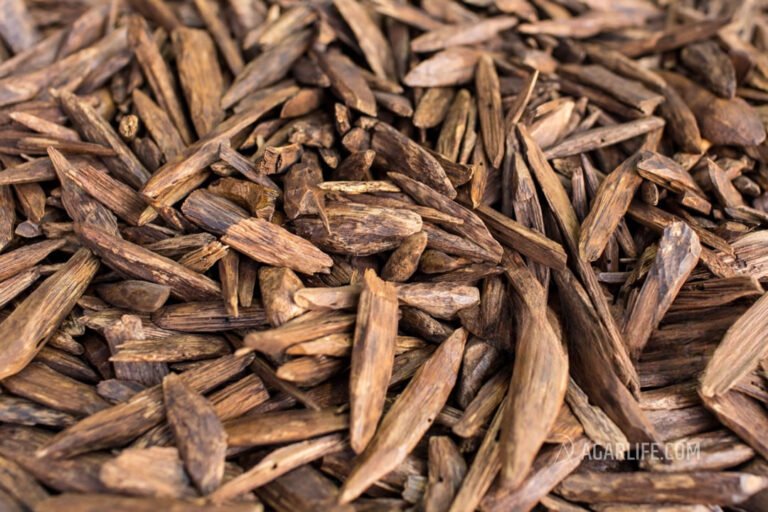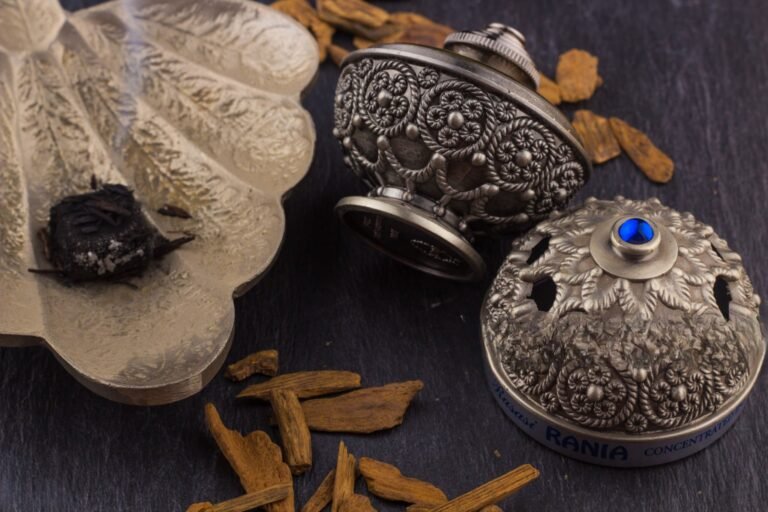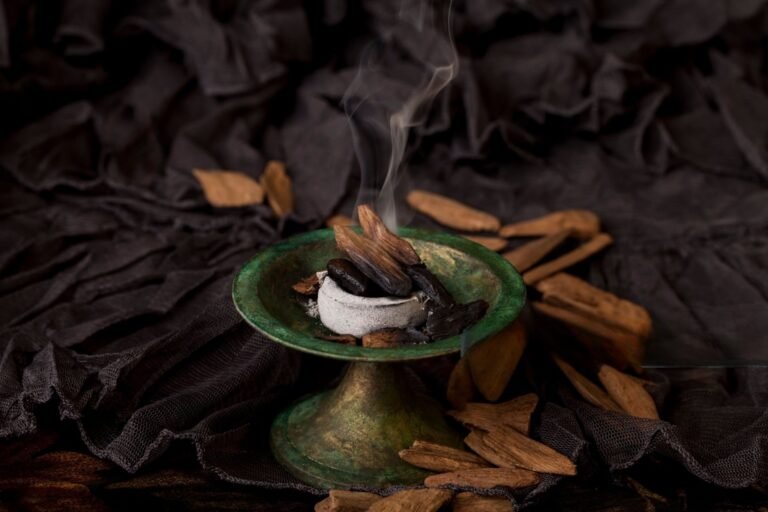Agarwood, hailed as the "King of Fragrances," is a precious aromatic wood whose unique scent and rich cultural significance play vital roles in religion, daily life, and medicine. This article delves into its magical allure through these three dimensions.
I. Agarwood in Religion: Bridging the Sacred and the Mundane
Agarwood holds significant importance in the world’s four major religions—Buddhism, Taoism, Christianity, and Islam. It is not merely a fragrance but a sacred symbol used to purify the soul, ward off evil, and elevate spiritual realms.
Buddhism
- In Buddhism, agarwood is revered as a fragrance that transcends the three realms. It is commonly used in meditation, sutra chanting ceremonies, and temple incense rituals. The Lotus Sutra mentions agarwood as one of Buddhism’s essential offerings, its aroma believed to dispel impurities and help devotees attain inner peace. Additionally, agarwood is crafted into prayer beads, worn to emanate fragrance and aid in mantra recitation.
Taoism
- In Taoism, agarwood is employed in rituals to subdue malevolent forces. Taoist priests burn agarwood in bronze vessels, symbolizing the harmonious energy between heaven and earth. The smoke is thought to purify surroundings and dispel negative energies. Agarwood is also carved into deity statues and ritual tools, enhancing their sacred aura.
Christianity
- In Christian tradition, agarwood is one of the three treasures (alongside myrrh and frankincense) brought by the Magi. The Gospel of John recounts Nicodemus using agarwood to anoint Jesus’ body during burial rites, underscoring its sacred status in Christianity.
Islam
- In Islam, agarwood is used in incense ceremonies during major celebrations. Followers apply agarwood oil to cleanse the bodies of the deceased, symbolizing respect for the departed and reverence for the divine.
II. Agarwood in Daily Life: Enhancing Quality of Living
Beyond its religious reverence, agarwood is widely integrated into daily life, adding unique charm and refinement.
The Art of Incense and Home Fragrance
- In East Asia, agarwood is central to the art of incense appreciation. By savoring its aroma, people achieve tranquility and joy. In modern homes, agarwood is used in aromatherapy products to purify air and create serene environments.
Artworks and Decorations
- Agarwood’s dense texture and distinctive grain make it ideal for crafting luxury items such as prayer beads, bracelets, and carvings. These pieces hold both aesthetic and cultural value, making them prized collectibles and gifts.
Personal Care
- Agarwood’s fragrance and medicinal properties have made it popular in personal care. Agarwood essential oil is widely used in aromatherapy to alleviate stress, anxiety, and improve sleep quality. It is also incorporated into soaps, skincare products, and other daily essentials.
III. Agarwood in Medicine: Nature’s Healing Power
- Agarwood has a long history in traditional medicine, with its therapeutic value widely acknowledged.
Traditional Medicine
- In Chinese medicine, agarwood is believed to regulate qi, relieve pain, warm the middle jiao, stop vomiting, and calm breathlessness. It is used to treat chest and abdominal pain, asthma, and nausea. Its aroma also regulates the central nervous system, improving sleep and easing emotional tension.
Modern Applications
- Modern research reveals that agarwood contains compounds with analgesic, anti-inflammatory, and antibacterial properties. Agarwood essential oil is used in massages or diffusers to relax the body and enhance overall well-being.
Health Beverages
- Agarwood can be brewed into tea, ideal for daily consumption. Its warming properties soothe stomach discomfort, aid digestion, and promote better sleep.
With its singular aroma, cultural depth, and versatile applications, agarwood stands as a treasure bridging religion, daily life, and medicine. Whether purifying souls in rituals, elevating life quality, or healing ailments, agarwood profoundly enriches human existence through its timeless essence.







